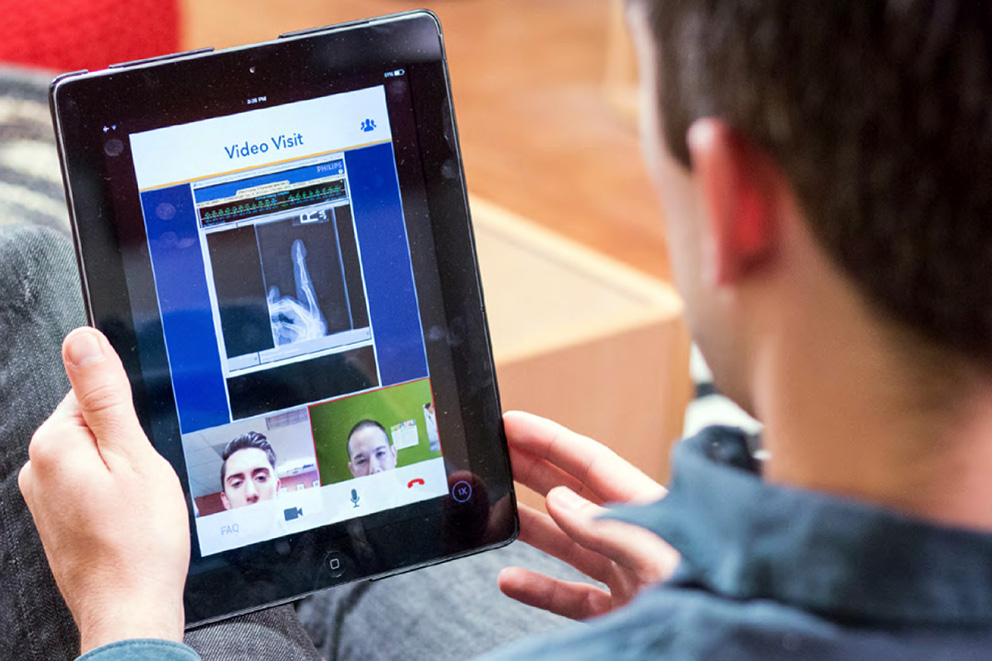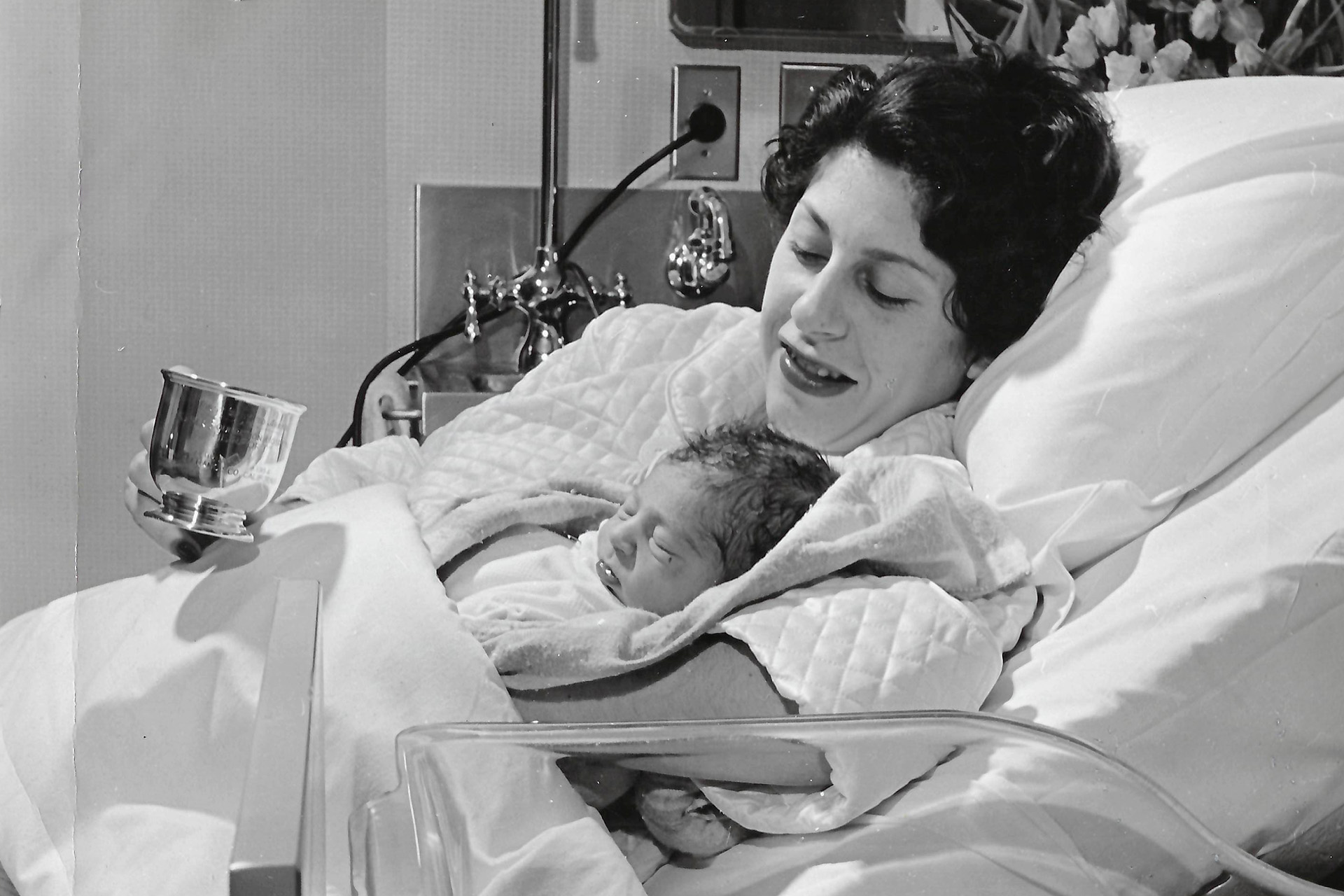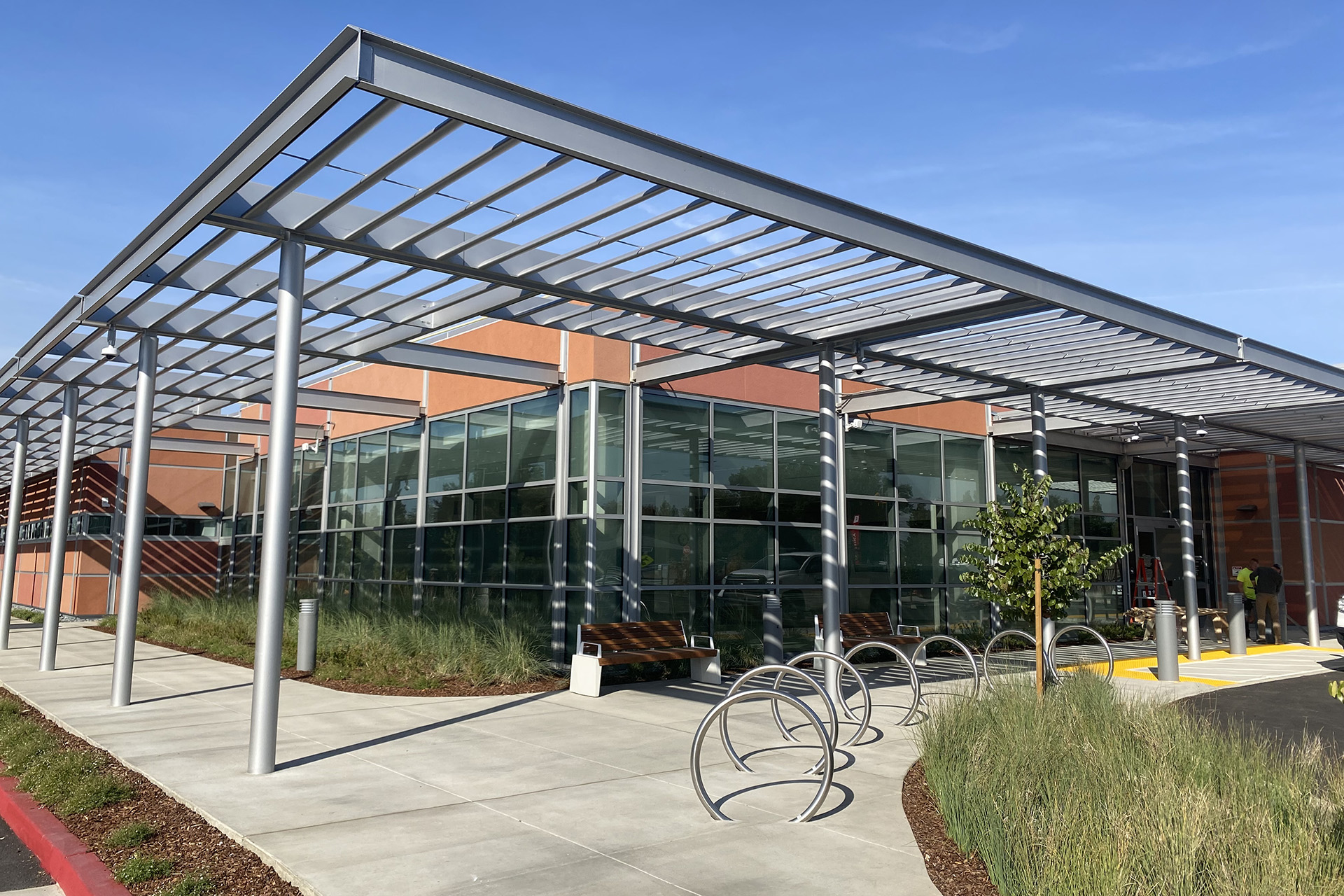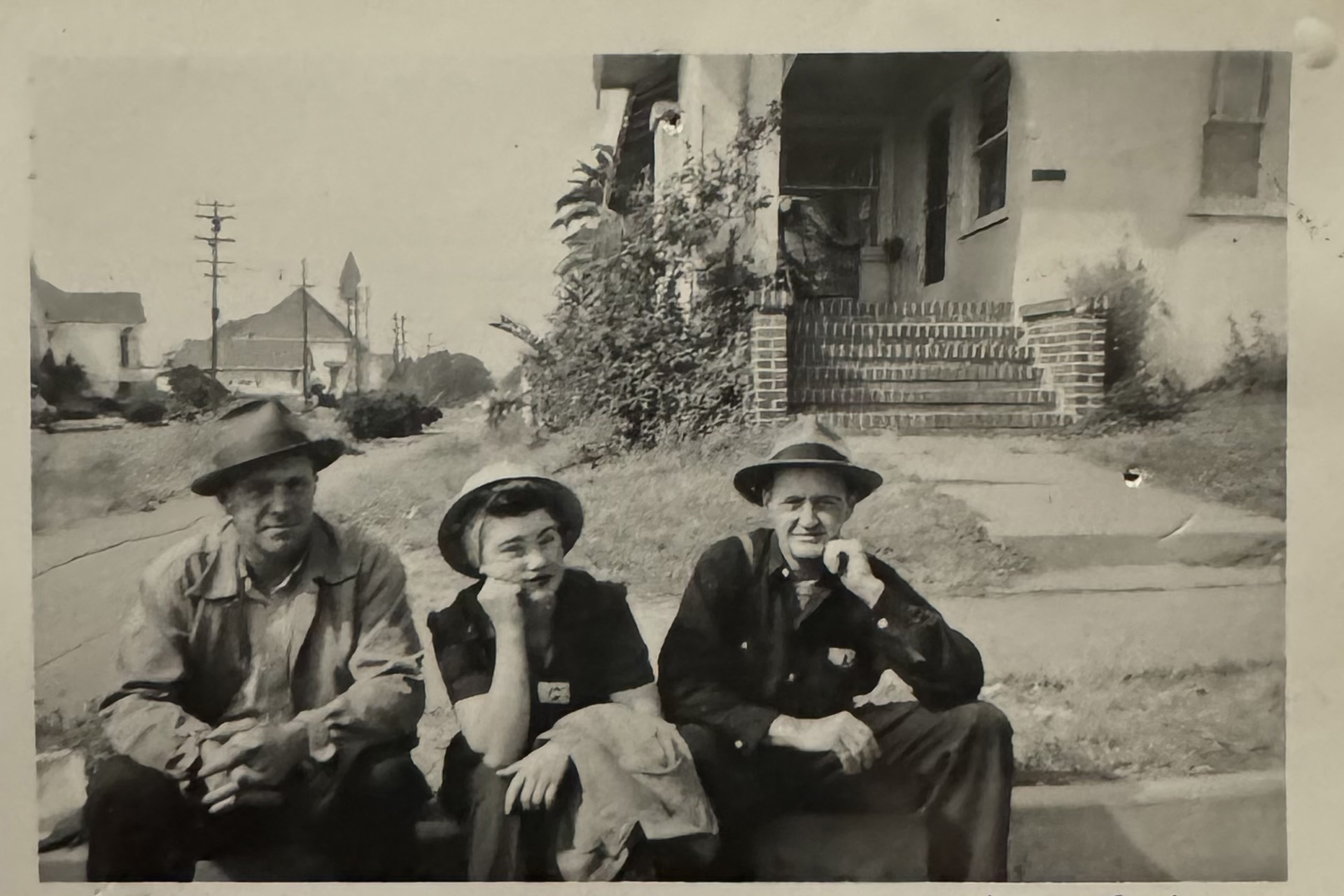Kaiser Permanente members who chose video appointments were overwhelmingly satisfied with this way to see their doctor, according to research published in October in the New England Journal of Medicine.
“Many patients reported that the video visit actually improved the relationship with their clinician,” said lead author Mary Reed, DrPH, research scientist at the Kaiser Permanente Northern California Division of Research. “One of the strengths of this option is that you can maintain a stronger relationship with your own doctor through video.”
Kaiser Permanente Northern California began offering video visits across the region in 2011, and they became widely available in mid-2014. Members can now self-schedule video appointments online at kp.org and communicate face-to-face with physicians on a mobile phone, computer or tablet.
The Division of Research study looked at more than 200,000 video visits conducted in 2015, 2016, and 2017 in Northern California and included an online survey of nearly 1,300 Kaiser Permanente members who chose to schedule a video visit with their physician. At the time of the study, Kaiser Permanente did not charge any copayments or deductibles for video visits.
“The evidence on integrating video visits into ongoing clinical care is limited,” Reed said. “We think this is the largest analysis of video visits in an integrated health care setting.”
Who is Using Video Visits?
Kaiser Permanente employs a number of different methods for interacting with patients via telemedicine, including phone, secure email message, and video. Video visits accounted for a small proportion of interactions during the study period — less than 1 percent.
Three-quarters of those video visits were in primary care (internal and adult family medicine), pediatrics, dermatology, after-hours care, and psychiatry.
“Pediatrics are a nice place for video to work because parents have a hard time getting their kids to the doctor,” said co-author and Kaiser Permanente pediatrician Rahul Parikh, MD.
“They are also working quite well in behavioral health,” added co-author and Kaiser Permanente podiatric surgeon Craig Wargon, DPM. “Clinicians can see the patient and how they are feeling, but there’s nothing physical that they need to examine.” Drs. Parikh and Wargon are leaders in The Permanente Medical Group’s (TPMG) Technology Group.
Video Visits ‘Very Satisfying
Among the study’s findings:
- Ninety-three percent of patients who scheduled video visits said their health care needs were met.
- Patients used smart phones for 74 percent of the video visits, while 20 percent used a computer and 6 percent used a tablet.
- The average length of the typical video visit was about 8 minutes.
- Sixty percent of TPMG clinicians and less than 5 percent of patients used video visits.
- About 66 percent of scheduled video visits were successfully completed; however, patients and clinicians who weren’t able to communicate by video were almost always able to complete the visit another way.
“We’re finding that patients find video visits very satisfying,” Dr. Wargon said. “Physicians who do a lot of video visits also find them beneficial. Though further research is needed, the study shows that video visits are both effective and efficient.”





This Post Has 0 Comments